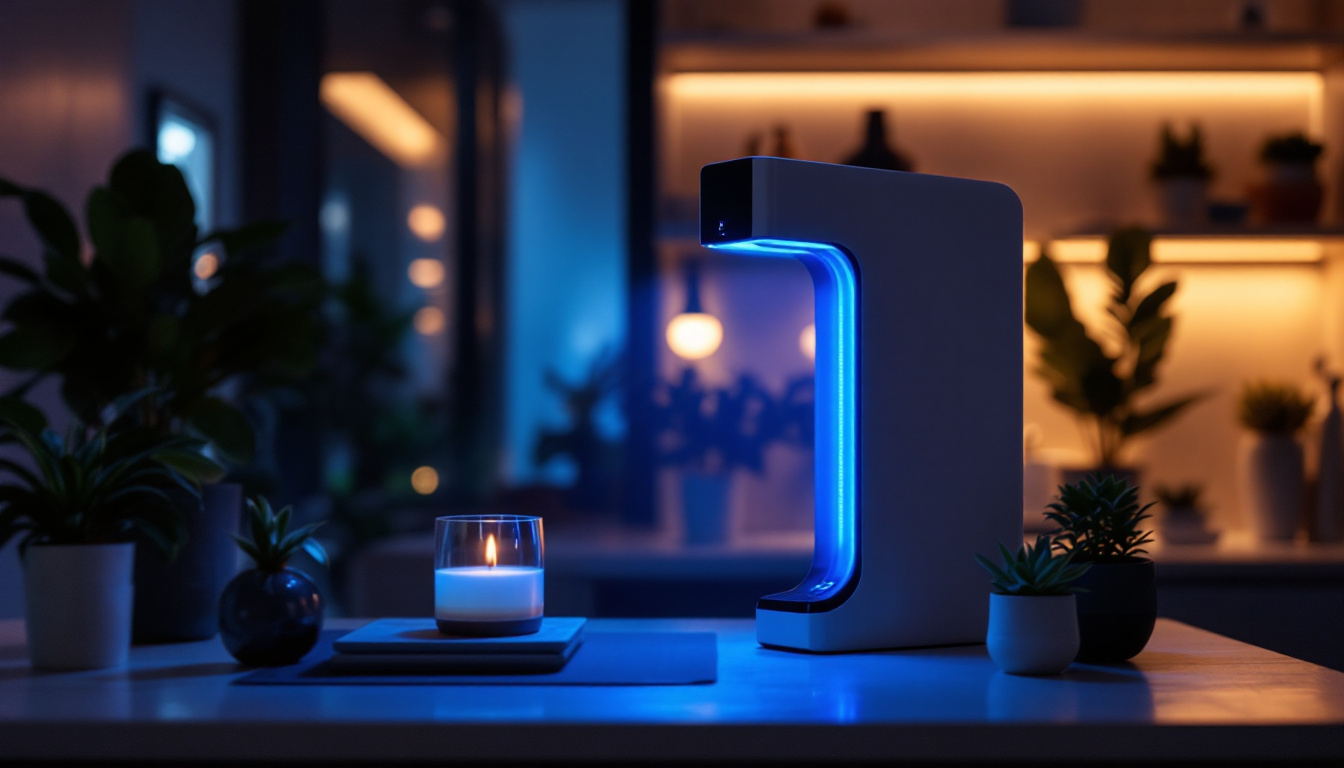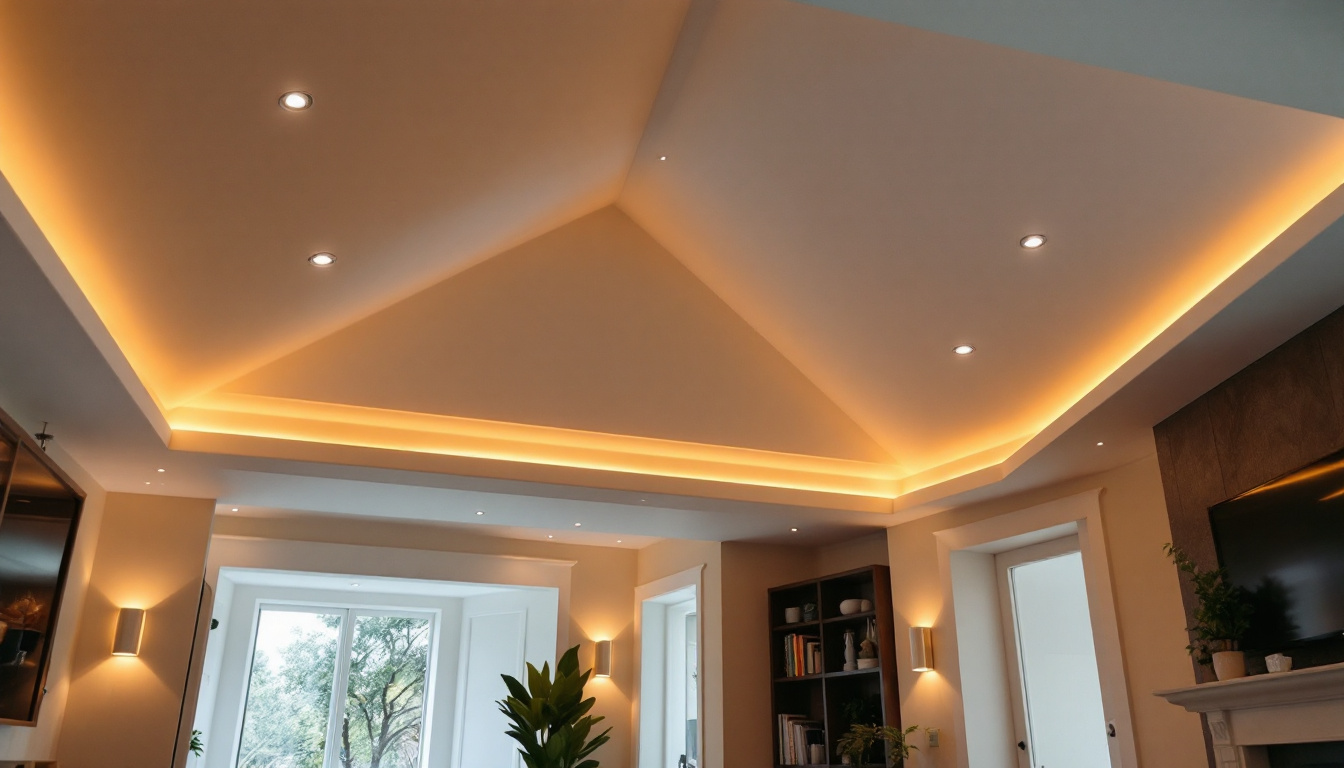
Electrical on/off switches are fundamental components in any lighting system, serving as the primary means by which users control their lighting environment. For lighting contractors, mastering the intricacies of these switches is essential not only for installation but also for troubleshooting and ensuring client satisfaction.
These switches come in various forms, from traditional toggle switches to modern smart switches that integrate with home automation systems. Each type presents unique challenges and opportunities for lighting contractors, making it imperative to stay informed about the latest technologies and installation methods. Additionally, as energy efficiency becomes a growing concern, many contractors are exploring options such as occupancy sensors and programmable timers that can further enhance the functionality of lighting systems while reducing energy consumption.
Proper installation of on/off switches is crucial for both functionality and safety. A poorly installed switch can lead to electrical hazards, including short circuits or even fires. Lighting contractors must adhere to local electrical codes and regulations, which often dictate specific installation practices. Furthermore, understanding the layout of the electrical system in a building can significantly impact the effectiveness of the switch installation, as it ensures that the switch is positioned for optimal accessibility and performance.
Moreover, the installation process should be approached with a keen understanding of the electrical load that the switch will handle. Overloading a switch can lead to premature failure and may void warranties, making it essential for contractors to assess the electrical requirements accurately before proceeding. This assessment often involves calculating the total wattage of the fixtures connected to the switch, which can vary significantly based on bulb type and fixture design. By performing these calculations, contractors can not only ensure safety but also enhance the longevity and reliability of the lighting system.
Lighting contractors encounter various types of on/off switches, each designed for specific applications. Standard toggle switches are ubiquitous in residential settings, while dimmer switches offer enhanced control over lighting levels. Smart switches, on the other hand, provide the added functionality of remote control and scheduling through mobile applications. The rise of smart home technology has also led to the development of voice-activated switches, which allow users to control their lighting simply by speaking, further enhancing convenience and accessibility.
Understanding the differences between these switches is vital for contractors, as it allows them to recommend the best options to their clients based on their needs and preferences. Additionally, familiarity with the installation nuances of each type can streamline the contracting process and reduce the likelihood of errors. For instance, while installing a dimmer switch, contractors must ensure compatibility with the type of bulbs used, as some LED and CFL bulbs may flicker or not work at all with certain dimmers. This knowledge not only aids in successful installations but also builds trust with clients, who appreciate informed recommendations tailored to their specific lighting needs.
While the installation of electrical on/off switches may seem straightforward, lighting contractors often face a myriad of challenges that can complicate the process. From navigating complex wiring systems to dealing with client expectations, these obstacles require skill, experience, and adaptability.
Identifying and addressing these challenges is key to successful project completion and client satisfaction. Below are some of the most common issues faced by lighting contractors in this field.
One of the most significant challenges in installing on/off switches is dealing with existing wiring systems. Older homes may have outdated wiring that does not conform to current standards, making it difficult to install new switches without extensive modifications.
Contractors must be adept at reading wiring diagrams and understanding the nuances of different wiring configurations. This knowledge allows them to troubleshoot issues effectively and ensure that new installations are safe and compliant with electrical codes. Additionally, the presence of multiple circuits and the potential for hidden wiring can lead to unexpected complications during installation. For instance, contractors may encounter junction boxes that are improperly labeled or even inaccessible, requiring them to devise creative solutions to complete the job efficiently.
Effective communication with clients is essential for lighting contractors, especially when it comes to setting expectations. Clients may have specific ideas about how they want their lighting to function, which may not always align with practical or technical realities.
Lighting contractors should take the time to discuss options with clients, providing clear explanations of what is feasible and what may require additional investment. This proactive approach helps to manage expectations and fosters a collaborative relationship between contractor and client. Furthermore, contractors often find themselves educating clients about the benefits of energy-efficient lighting solutions or the advantages of dimmable switches, which can enhance the overall experience and satisfaction with the final product. By actively engaging clients in the decision-making process, contractors can build trust and ensure that the end result meets both aesthetic desires and functional needs.
The rapid evolution of lighting technology presents both opportunities and challenges for contractors. Smart switches and integrated lighting systems are becoming increasingly popular, but they also require a different skill set for installation and troubleshooting.
Lighting contractors must stay updated on the latest trends and technologies to remain competitive in the market. This may involve attending workshops, obtaining certifications, or investing in new tools and equipment that facilitate the installation of advanced lighting systems. Moreover, as more homeowners embrace smart home technology, contractors are often tasked with integrating lighting systems with other smart devices, such as home assistants and security systems. This integration not only enhances the functionality of the lighting but also adds a layer of complexity to the installation process, as contractors must ensure compatibility and seamless operation across various platforms. As a result, ongoing education and adaptability become crucial components of a successful lighting contractor’s toolkit, enabling them to navigate the ever-changing landscape of lighting technology effectively.
To navigate the various challenges associated with electrical on/off switches, lighting contractors can implement several strategies. These approaches not only enhance their skills but also improve overall project outcomes and client satisfaction.
From investing in ongoing education to developing strong communication skills, these strategies can help contractors thrive in a competitive industry.
Investing in continuous education is one of the most effective ways for lighting contractors to stay ahead of the curve. By attending training sessions and workshops, contractors can learn about the latest technologies, installation techniques, and safety protocols.
Moreover, obtaining certifications in specialized areas, such as smart home technology, can enhance a contractor’s credibility and marketability. Clients are more likely to trust contractors who demonstrate a commitment to ongoing learning and professional development.
Embracing technology can significantly improve the efficiency of lighting contractors. Tools such as project management software, digital schematics, and mobile applications can streamline the installation process and enhance communication with clients.
For instance, using mobile apps to create and share project timelines can keep clients informed and engaged throughout the installation process. Additionally, digital schematics can help contractors visualize complex wiring systems, reducing the likelihood of errors during installation.
Developing strong relationships with clients is essential for lighting contractors. Open and honest communication fosters trust and encourages clients to share their concerns and preferences. By actively listening to clients, contractors can tailor their services to meet specific needs and preferences.
Furthermore, providing exceptional customer service, such as timely follow-ups and addressing issues promptly, can lead to positive word-of-mouth referrals and repeat business. Satisfied clients are more likely to recommend contractors to friends and family, which can significantly boost a contractor’s reputation and success.
Implementing best practices during the installation of electrical on/off switches can mitigate many of the challenges faced by lighting contractors. By adhering to established guidelines and methodologies, contractors can enhance their efficiency and ensure high-quality work.
These best practices encompass everything from preparation and planning to execution and follow-up, creating a comprehensive approach to installation.
Before commencing any installation, thorough planning and preparation are essential. Contractors should conduct site assessments to understand the existing electrical systems and identify potential challenges. This may involve checking the condition of wiring, assessing load requirements, and determining the best switch locations.
Additionally, preparing a detailed installation plan can help streamline the process. This plan should outline the steps involved, the tools required, and any safety precautions that need to be taken. A well-prepared contractor is better equipped to handle unexpected issues that may arise during installation.
Safety should always be the top priority during the installation of electrical on/off switches. Contractors must adhere to local electrical codes and regulations, which are designed to protect both the installer and the end user. This includes using the appropriate personal protective equipment (PPE) and ensuring that all electrical connections are secure and compliant.
Moreover, contractors should educate clients about safety practices, such as the importance of not overloading circuits and the proper use of switches. By promoting safety awareness, contractors can help prevent accidents and ensure a safe lighting environment for their clients.
Once the installation is complete, a thorough follow-up is essential. Contractors should check in with clients to ensure that the switches are functioning as intended and that there are no issues. This follow-up can also serve as an opportunity to address any questions or concerns the client may have.
Additionally, soliciting feedback from clients can provide valuable insights into the installation process and areas for improvement. By demonstrating a commitment to client satisfaction, contractors can build lasting relationships and enhance their reputation in the industry.
The landscape of lighting installation is continually evolving, presenting both challenges and opportunities for lighting contractors. By understanding the fundamentals of electrical on/off switches, addressing common challenges, and implementing effective strategies, contractors can position themselves for success in a competitive market.
As technology advances and client expectations shift, staying informed and adaptable will be crucial for lighting contractors. With a focus on education, communication, and best practices, contractors can overcome obstacles and deliver exceptional results for their clients, ensuring a bright future in the lighting industry.
Ready to elevate your lighting installations with the highest quality switches and fixtures? Look no further than LumenWholesale, where we specialize in providing contractors with spec-grade lighting products at unbeatable wholesale prices. Say goodbye to local distributor markups and hello to a vast selection of reliable, high-performance lighting solutions that meet the strictest industry standards. Plus, with free shipping on bulk orders, you can stock up on premium lighting without worrying about hidden fees or compromises. Don’t miss out on the perfect blend of quality, affordability, and convenience. Visit LumenWholesale today for Wholesale Lighting at the Best Value and make your next project shine!

Discover how UV light sanitizers are revolutionizing lighting projects by enhancing hygiene and safety.

Discover the essential guide for lighting contractors on garage lighting fixtures.

Discover how F32T8 Dx can maximize success for lighting contractors with expert tips, industry insights, and proven strategies to boost efficiency and profitability..

Discover how recessed can lights can transform vaulted ceilings and boost your lighting business.